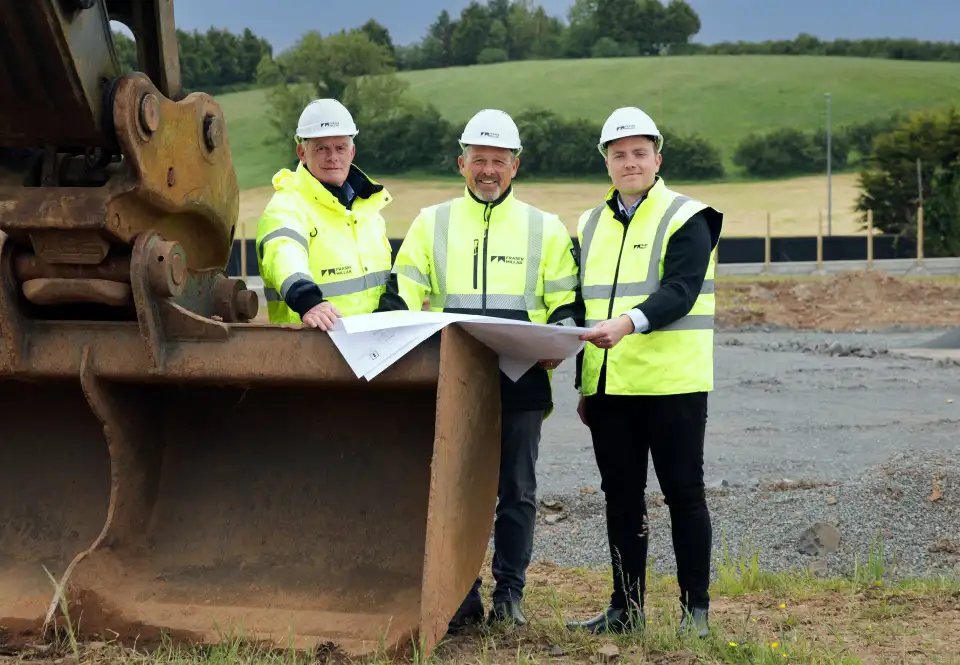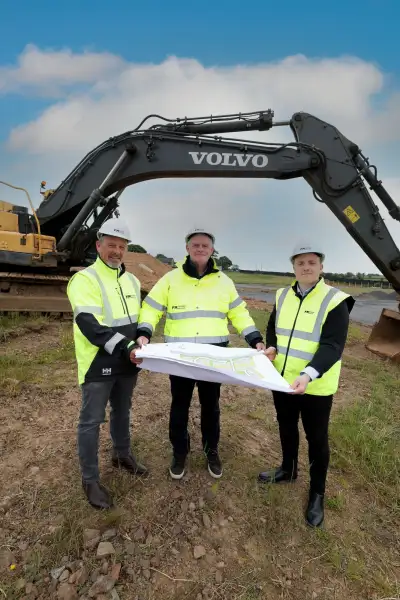Construction will soon begin on Beaufort Green, Northern Ireland’s second large-scale residential Passive House development. Located in the bucolic town of Carryduff, which is located approximately 10 kilometers to the south of Belfast, Beaufort Green is being developed by Belfast-based Fraser Millar. The firm was also responsible for the first large-scale Passive House development in Northern Ireland, Lancaster Park, which also happened to be the firm’s first development to meet the rigorous building standard.

According to John Carrigan, a director at Fraser Millar, the decision to once again build to the Passive House standard was largely to benefit future owners of the homes. “At Fraser Millar, one of the key reasons that we decided to adopt the Passive House standard was as a way to help reduce the effects of fuel poverty on families in Northern Ireland and to give more predictability with regards to utility bills. We wanted to know if it was possible to design and construct a home in such a way that heating costs would be reduced and would be affordable.”

Carrigan noted that their research directed them to explore the Passive House, which he describes as being “a perfect fit”. The firm also felt that the certification process and the use of the Passive House Planning Package would help ensure that future owners were buying a quality home that performed as expected. “We wanted to create a system where a Passive House designer, certifier, and the Passive House Institute would all act as external third parties to determine the low energy credentials of our houses, as opposed to other low energy housing, where the developers will typically establish this. Additionally,” Carrigan continued, “Passive House offers such detailed data in the PHPP modelling that we can monitor the performance of our built houses to confirm that they are performing as designed. I’m very pleased to say that after two years of Lancaster Park data, the performance is proving to be very successful.”
With planning permission for 74 detached and semi-detached properties and eight different house types to choose from, 13 houses have initially been released with over a quarter either agreed or under offer. The first completions are expected by the end of 2024.
Carrigan notes that the Lancaster Park homes have achieved net zero carbon dioxide emissions per year. Additionally, the monthly data they have collected shows that the homes are performing better than expected. “So far, we have received excellent feedback from our homeowners in Lancaster Park and the data demonstrates that our passive homes are showing an energy performance slightly below the designed projections compared to other typical new homes that are performing, according to recent studies, at nearly double their design projections. This demonstrates that passive houses do what it says on the tin, which can result in considerably lower utility bills for the homeowner.”